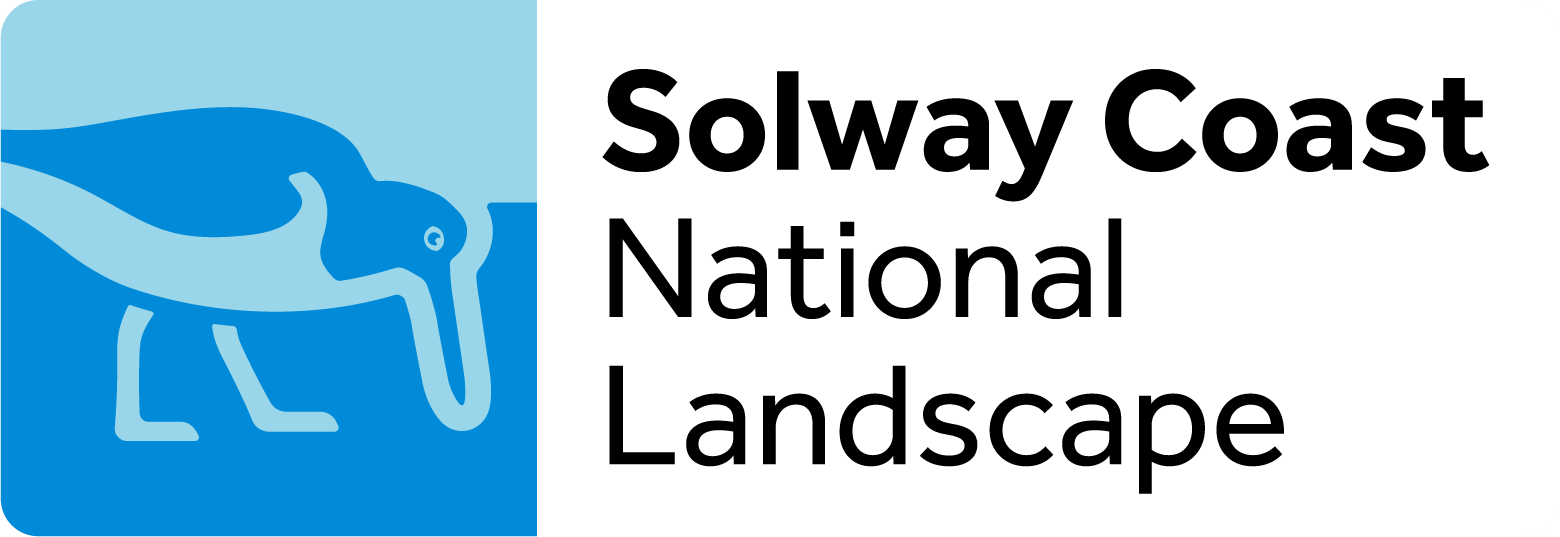Prehistoric
The Solway Coast Area of Outstanding Natural Beauty we see today has been shaped by nature, and by man, for many, many thousands of years.
If we head back to the Ice Age – historians and scientists actually think there have been around 19 ice ages, the most recent of which dates back more than 12,000 years – it’s thought the Solway Plain and the Solway Firth, as they are known today, were buried under half a kilometre of ice. This began to melt and a large lake was created and then the Irish Sea was formed. Britain became an island and the Solway Firth emerged, covering approximately the same area as it does today.
As the glaciers melted and the weight of ice reduced, then the land started to rise. You can still see the raised beach cliff at Swarthy Hill near Allonby. As the land began to rebound, the sea levels fell, exposing the Solway Coast.
Since then, the area has been an ever-changing landscape being changed by Mother Nature – and by human influence.
The hunter gatherer of the Mesolithic period, from BC 9600 to 4000, travelled to search for the plants and animals occurring naturally along the Solway Coast. They focused on the estuary areas because of the seasonal nature of much of the wildlife they targeted for food. They ate meat from the likes of elk and reindeer, birds and their eggs, and fish and shellfish, as well as collecting fruit, herbs and edible vegetation. They began to create tools using stones, bones and wood, making arrows and spears using shards of flint called ‘microliths’.
We’ve found the remains of small encampments around the Solway Plain where the Mesolithic people stayed in their quest for food.
The Neolithic people were the Solway’s first settled tribes and created the first settlements in this area from BC 4000 to 2500. They were also the first farmers, planting a small range of cereal crops, breeding animals for food, and making tools from metal. They were the last of the Stone Age people and ceased to wander like their ancestors. They began to live in more fixed settlements, sometimes moving around according to the season. They kept dogs, sheep and goats and then domesticated cattle and pigs.
However, evidence of both eras is fairly limited around the Solway Plain, and Palaeolithic finds, which would have dated back to the period BC 12670 to 9600, are absent. It is thought that sea level rises could have washed away some of the coastal sites and the transition to farming would also have changed the landscape as woodlands were cleared to make way for crops.
Through the Bronze Age, from BC 2500 to 700, this woodland clearance continued in favour of crops. Bronze Age activity, mainly in the form of burials and metal hoards is evident in several parts of Cumbria and, within the Area of Outstanding Natural Beauty. A cremation cemetery has been found at Ewanrigg at Maryport, and a bronze rapier recovered from Salta Moss, inland north of Allonby.
The Iron Age, from BC 800 to 100 AD, saw the arrival of the Celts as the rulers of Britain. It is thought the Carvetii tribe dominated around the Solway. There were no towns as such – most people were farmers who lived in round thatched homes made of wood. There were no real roads either – it was the Romans who introduced them – so people travelled on tracks and paths. It wasn’t always peaceful between neighbouring tribes and fierce battles could ensue, with chariot-riding warriors leading the charge.
When the Romans arrived in AD 43, the Carvetii took advantage of the opportunity for new trade, supplying the soldiers with meat, fish, beer and agricultural produce. The network of roads they created also made it easy to move imported goods around, like olive oil, wine and a fish sauce called garum, as well as textiles and pottery. Trade was done in the Romano-British settlements which sprung up around the forts and fortlets of the Solway.





